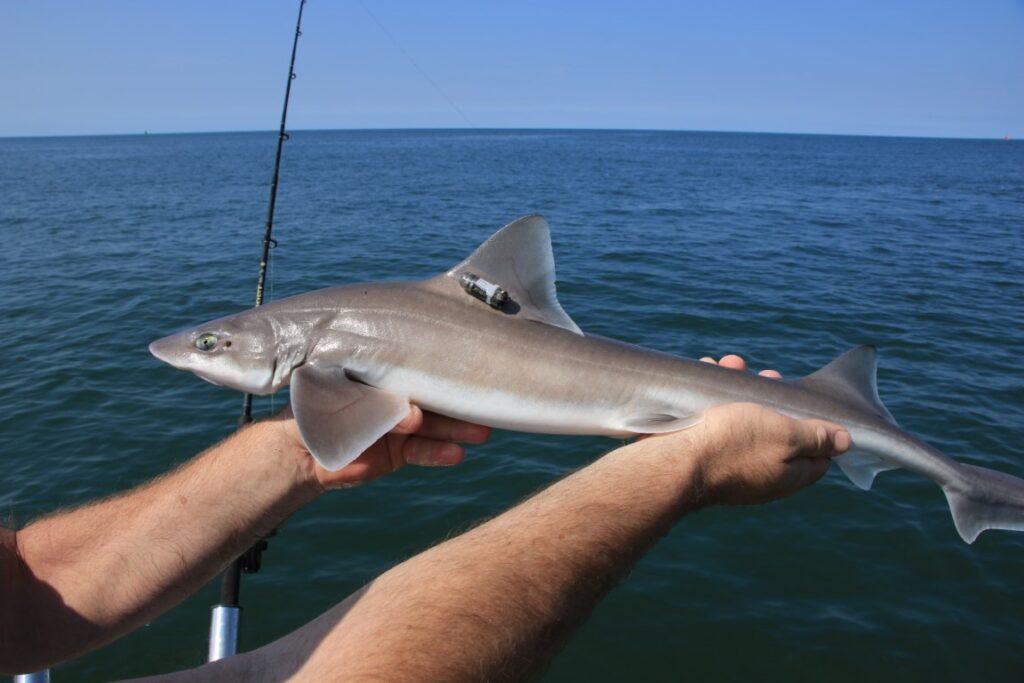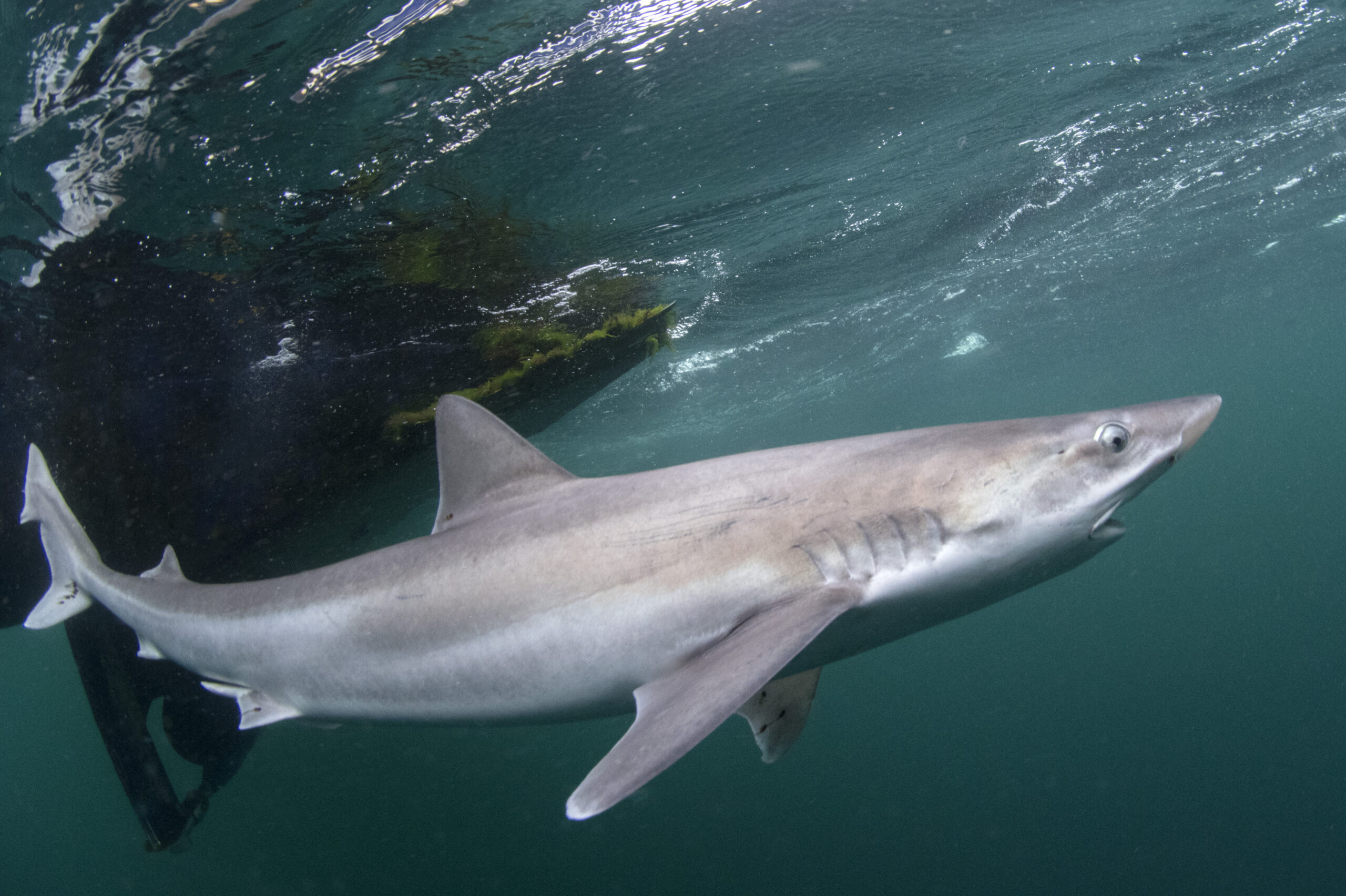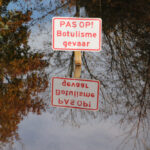Using electronic tags, sound measurements and underwater cameras, researchers from Wageningen and Groningen are embarking on a thorough study of the life of fish in the Wadden Sea, where fish numbers have been falling for years. ‘If we find out why, we might be able to turn the tide.’
‘The birds and soil fauna of the Wadden Sea come in for a lot of attention. But we don’t know enough about fish,’ says Ingrid Tulp, a researcher at Wageningen Marine Research (WMR) and coordinator of the large-scale research project Waddentools – Swimway Waddenzee, which will identify the bottlenecks for fish in the Wadden Sea. WMR has been monitoring the fish stocks for 50 years through the annual Demersal Fish Survey (DFS). ‘But this survey is a snapshot and we only catch fish that are near the seabed. We have no idea how fish such as herring, sharks and rays use the Wadden Sea to feed and reproduce, for instance.’ Tulp has seen how fish stocks are dwindling. ‘If we know where the problems lie, we can give advice on the management measures that are needed to turn the tide. That is important because fish are a major link in the food chain.’
‘The fish were always a bit of a poor relation,’ says Tulp. But this research project is changing that. Together with the Royal Netherlands Institute for Sea Research (NIOZ), the University of Groningen (RUG), the Wadden Association – and indirectly the Directorate General for Public Works and Water Management and the angling association Sportvisserij Nederland – Wageningen Marine Research is studying the life cycle – also known as the swimway – of fish. How do they use the Wadden Sea? Where are they found and which habitats do they use, to what end?

High-tech gadgets
The researchers make use of all sorts of high-tech gadgets in this work. ‘We’ve got acoustic methods for recording the movements of schools of fish,’ says Tulp. Researchers from the RUG also use special underwater microphones (hydrophones) to record sounds made by fish. This helps them establish whether certain species are found in an area. ‘Water is a good conductor of sound,’ says Klemens Eriksson, associate professor of Marine Ecology at the RUG. ‘The hard part is filtering out sounds you don’t want, like those coming from ships.’ The aim is to match the sound recordings with video footage and fish catches in order to learn which sound signals come from which fish species. ‘We know the sound signature of a couple of fish species,’ says Eriksson. ‘We want to find that out for the rest of them too. It is real detective work.’
Tagged fish
The researchers are also using more time-honoured methods such as studying the otoliths (ear bones) of fish. ‘From the chemical composition of the ear bones, we can find out the age and growth rate of the fish, as well as when a fish has lived in salt or fresh water,’ explains Tulp. Dozens of fish are also being tagged so that the researchers can track them on their journey through the Wadden Sea. Tulp: ‘We are also collaborating with other tagging projects, such as Vissen voor Verbinding (Fishing for Connections), which is tagging trout. That way we can track each other’s fish and collect more data over longer routes.’ Tulp is also looking at other animals such as birds and seals, which eat the fish. ‘We are working with another Waddentools project Wij & Wadvogels (Wadden Sea Birds and Us) to see whether the brooding islands of sterns, which feed their young on fish, are well located.’
It is too early for Tulp to say whether the project will come up with specific recommendations. ‘We are focussing first on the more fundamental questions. For fish, there are only a limited number of buttons you can press when it comes to management, and these are issues of fisheries policy and nature conservation. If our research shows, for example, that climate change is an important factor in the decline of fish populations, it will be a lot trickier.’




